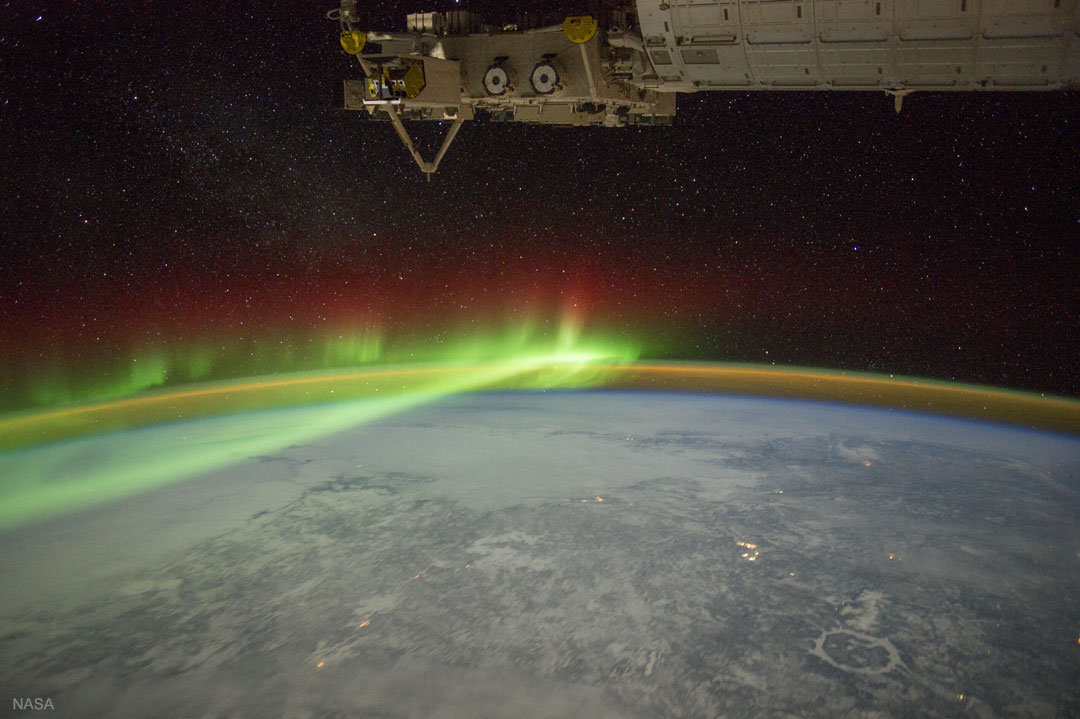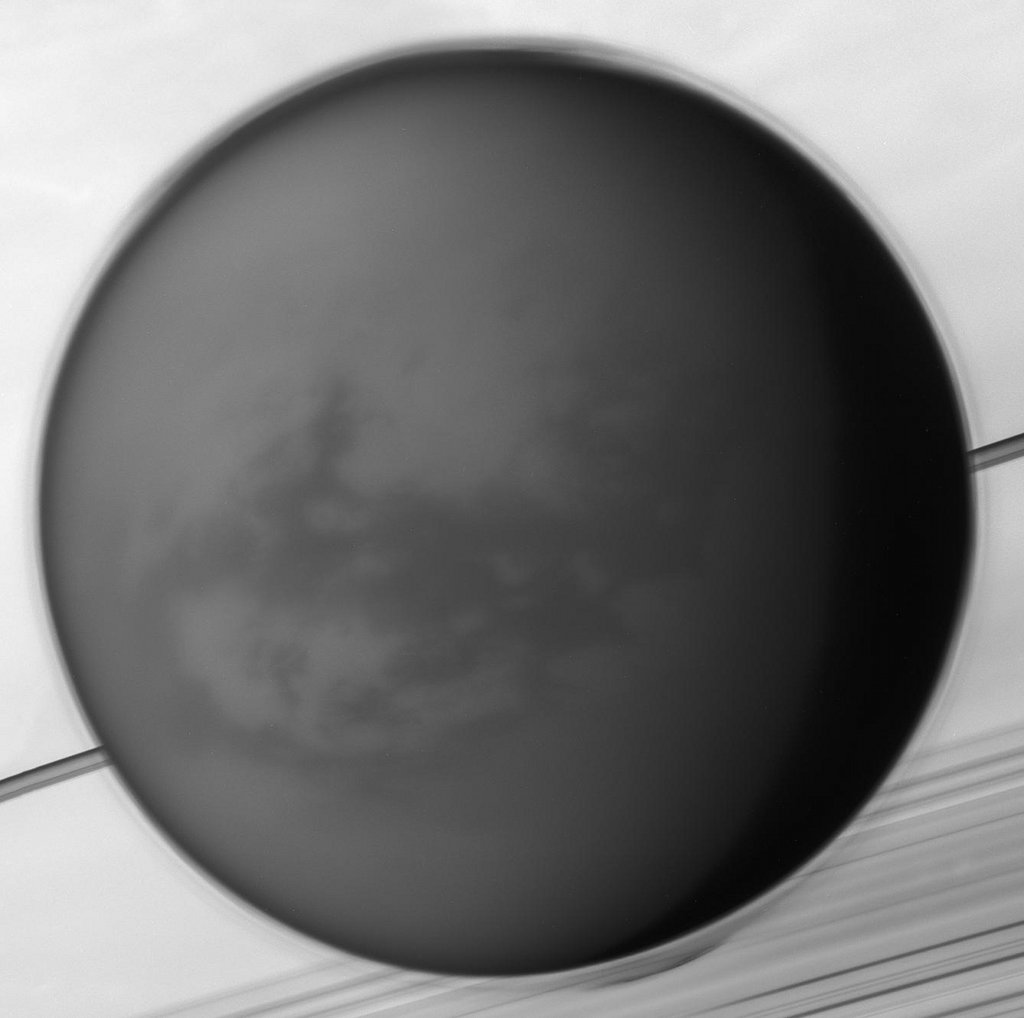Three of the crew members currently aboard the International Space Station are scheduled to end their mission on the orbiting laboratory on Sunday, June 3. A few days later, another trio of space travelers will depart for the station on a launch scheduled for Wednesday, June 6. Live coverage of both the landing and launch will air live on NASA Tele
from NASA https://ift.tt/2GZDG3d
via IFTTT![]()






